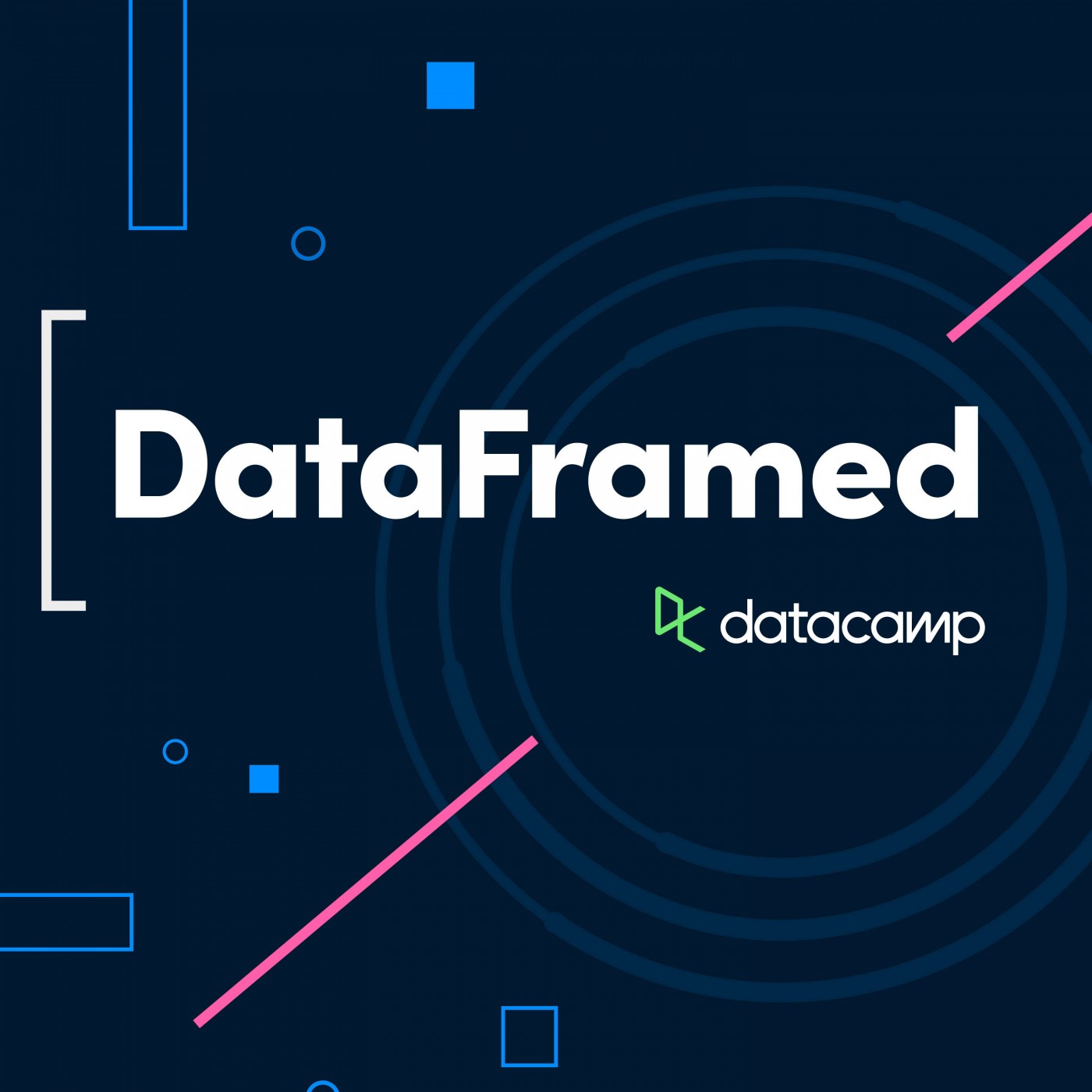
Deep Dive
Why are OpenAI and Anthropic taking different approaches to model development?
OpenAI is focusing on larger models like O1 Preview, which combines transformer models with reinforcement learning and chain of thought for advanced reasoning and coding. Anthropic, on the other hand, is refining smaller models like Haiku, which outperform larger models by optimizing performance with fewer parameters.
How do Anthropic's models compare to OpenAI's in terms of performance?
Anthropic's latest models, particularly Claude 3.5, are nearly as capable as OpenAI's O1 in coding and reasoning tasks, with only a 1% performance gap. Both companies' models are among the top performers on the LMSYS leaderboard, alongside Google's Gemini models.
What is the significance of Anthropic's 'computer use' feature?
Anthropic's 'computer use' allows models to interact with a user's computer by taking screenshots and performing tasks like copying data between spreadsheets. This feature has the potential to automate routine office tasks, but it also raises significant security concerns, such as the risk of data breaches or system damage.
What are the potential risks of AI interacting with computers?
The risks include data security breaches, accidental system damage, and malicious use, such as phishing attacks or unauthorized file deletions. These dangers are amplified by the unpredictability of generative AI, which can sometimes perform actions that are not intended.
How does Google's NotebookLM aim to change information interaction?
NotebookLM introduces a novel user interface by generating podcasts from documents, such as meeting notes or research papers. This feature allows users to consume information in an audio format, making it easier to summarize and digest large amounts of text while multitasking, like during workouts or commutes.
What is the future of AI agents in 2025?
2025 is expected to be the year of AI agents, with a likely increase in both generalized and specialized agents. While some agents may dominate the market with broad capabilities, others will likely focus on vertical use cases, such as automating specific industry tasks.
Why is 'boring AI' gaining attention?
Boring AI focuses on automating routine, mundane tasks that are a significant part of many jobs, such as data entry or email management. By reducing human effort in these areas, it allows people to focus on more meaningful work, which is increasingly seen as a valuable application of AI.
What are the implications of AI for RPA (Robotic Process Automation)?
AI-powered agents, like Anthropic's 'computer use,' could replace traditional RPA by offering a more intelligent and flexible interface for automating computer tasks. This could lead to more efficient workflows but also raises concerns about security and job displacement.
What is the potential of audio-based AI in industrial settings?
Audio-based AI can be used to monitor manufacturing lines and diagnose issues in physical objects, such as cars, by analyzing sounds. This has the potential to save companies significant costs by detecting problems early and improving maintenance processes.
Shownotes Transcript
Welcome to DataFramed Industry Roundups! In this series of episodes, Adel & Richie sit down to discuss the latest and greatest in data & AI. In this episode, we touch upon the brewing rivalry between OpenAI and Anthropic, discuss Claude's new computer use feature, Google's NotebookLM and how its implications for the UX/UI of AI products, and a lot more.
Links mentioned in the show:
New to DataCamp?
- Learn on the go using the DataCamp mobile app)
- Empower your business with world-class data and AI skills with DataCamp for business)
